History in Handheld: A Pokemon retrospective
From Pokemon Red to Pokemon Conquest - Gotta play 'em all

As we celebrate the launch of Pokemon Conquest - a zany crossover between Pokemon and Nobunaga's Ambition - it's about time we looked back.
Over the past 16 years, we've seen the Pokemon franchise grow from an unassuming RPG to a global multimedia phenomenon. We've caught more than 600 monsters, played more than 50 games, and sat through 13 movies.
While there have been plenty of proper RPGs, there have been way more spin-offs and tie-ins. We've played Pokemon pinball, racing, roguelikes, and puzzle games.
To help you swot up for Pokemon Conquest, here's our comprehensive guide to every pocket monster game you can get on a portable.
The RPGs
The global Pokemon phenomenon kicked off in 1996 with a pair of Japanese RPGs called Pokemon Red and Green. Two years later, the games hit America (with Green swapped for Blue), and subsequently created a nation of monster hunters, traders, and battlers.
Yellow, a director's cut with a focus on anime superstar Pikachu, soon followed. Proper sequels Gold, Silver, and Crystal came next, introducing more monsters and a night cycle that mirrored your local time.
On GBA, Pokemons Ruby, Sapphire, and Emerald contained even more critters and upped the ante with four-player battles.
The DS got more Pokemon games than most. Diamond, Pearl, and Sapphire, once again, bumped up the number of Pokemon you could catch. They also took the world of Pokemon online, with battles and trading taking place over the web.
Pokemon Black and White did not feature a single Pokemon from the previous games. Instead, it introduced a fresh batch of monsters to catch. The monotone games also added triple battles and seasonal shifts.
The remakes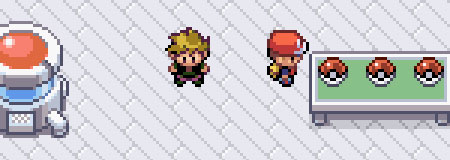
For those nostalgic for the olden days of Pokemon, Fire Red and Leaf Green were GBA remakes of the first pocket monster RPGs. They added new graphics, plus wireless trading and battling.
Gold and Silver got the same treatment on DS, with HeartGold and SoulSilver. These came with a Pokewalker - a Pokeball-shaped pedometer that let you level-up Pokemon and earn in-game currency by stretching your legs.
The puzzle games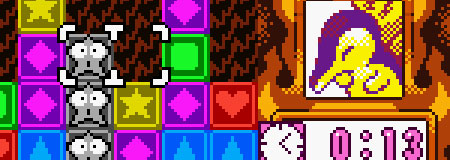
Pokemon Puzzle Challenge on the Game Boy Color retold the story of Gold and Silver, but replaced the tactical Pokemon battles with quirky Panel de Pon (Tetris Attack) puzzle face-offs.
Pokemon Link! was another Tetris-type puzzler, but this time the falling blocks were actually tiny Pokemons. It wasn't that great, but the DS touchscreen certainly made it easier to control.
The Pokemon: Mystery Dungeon games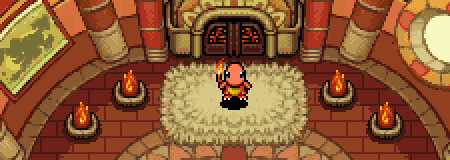
These Chunsoft-made spin-offs cast you as a hapless human who is magically transformed into a Pokemon. You'll take a personality test at the start of the game to decide which critter you'll turn into.
Then, you'll take on jobs and dive into randomly generated dungeons. If you're defeated, you can send out an SOS and have pals come into the cave to revive your mangled corpse.
The Pokemon: Ranger games
In the peaceful region of Fiore, humans don't keep Pokemon trapped in tiny balls. They don't claim ownership of the critters, or train them to level 100, or make them fight each other.
No, the closest thing you'll get to a trainer with these bleeding heart liberals is a Pokemon Ranger. These guys and girls use a stylus-controlled gadget to borrow the abilities of a monster, then let them frolic back in the wild.
The trading card games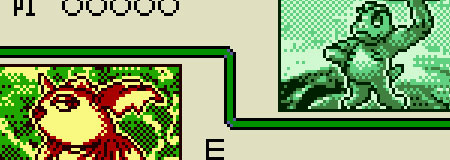
In the heyday of the Pokemon Trading Card game, we were all obsessed with swapping these slivers of cardboard. But, actually finding an opponent who knew how to play was less likely than finding a shiny Charizard in a booster pack.
Thank Arceus, then, for this card battler on Game Boy Color: a complete digital representation of the card game with the first three decks intact. There was a sequel with more decks, but it never left Japan.
The pinball games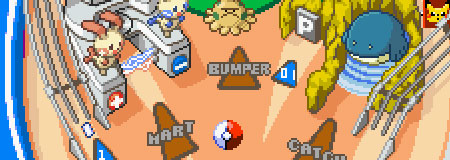
You might have expected Nintendo to rush out a shameless cash-in pinball game during the height of Pokemania, but nothing could be further from the truth.
This excellent Game Boy Color game has a complete Pokedex to fill (by hitting monsters with your ball), two dramatically different tables, and a rumble pack on the cartridge.
The GBA sequel is largely the same game - only refreshing the tables and replacing the Pokedex with monsters from Ruby and Sapphire.
The portable consoles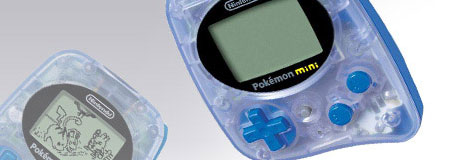
Pokemon already had its own TV show, lunch boxes, and films before the turn of the millenium. But, in 2001, Pokemon received its own games console. The Pokemon Mini lived up to its name, offering a microscopic machine that only played (ten) black-and-white Pokemon mini-games.
There's also the Pokemon Pikachu - a Tamagotchi-type device featuring the world's most popular electric rat. You were supposed to strap it to your belt and earn watts by walking. This delicious currency let you buy presents for Pika'.
And the rest...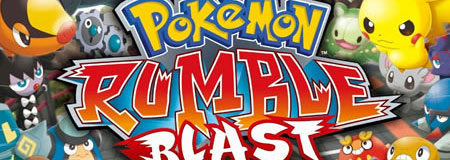
The list goes on and on. There's also crappy DS racing game Pokemon Dash, Japanese-only mobile game Pokemate, keyboard-toting edutainment game Battle & Get! Pokemon Typing, real-time battler Pokemon Rumble Blast, and eShop catalogue Pokedex 3D.
Phew! That's your lot.
